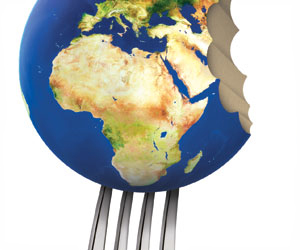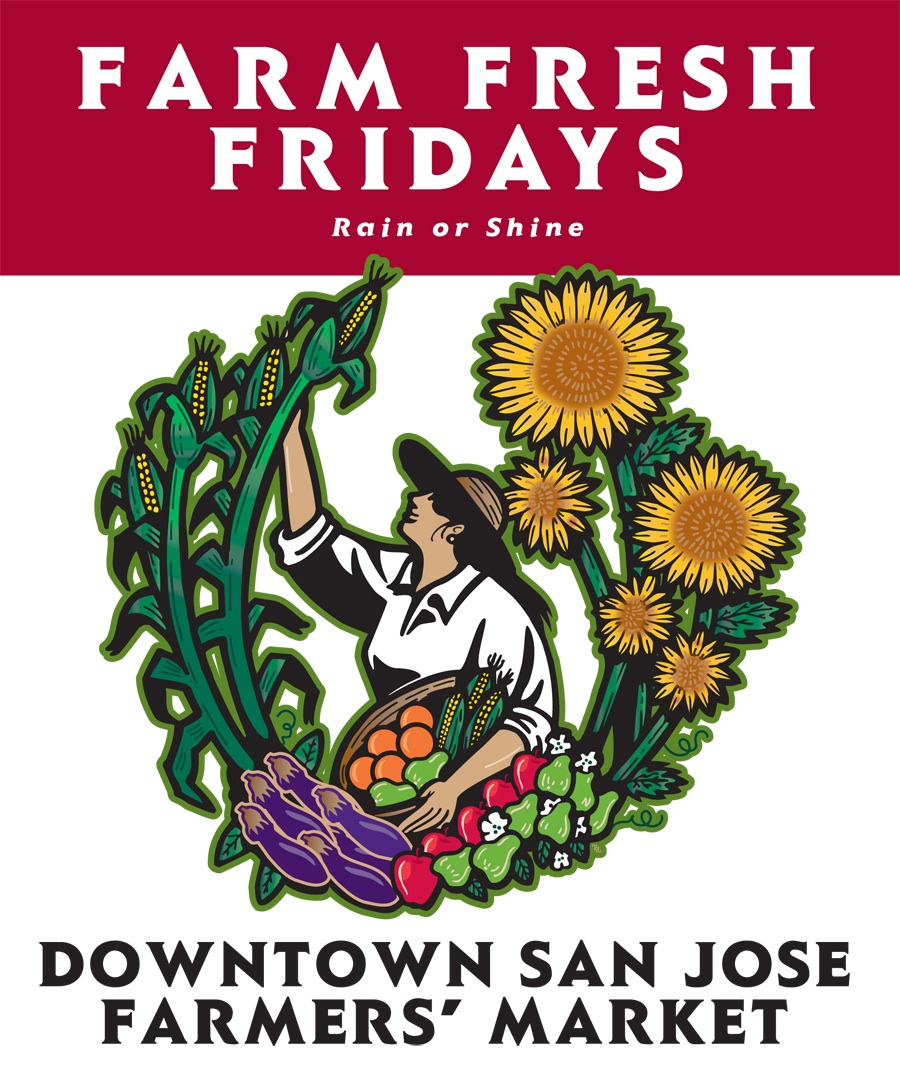
It seems not just that many years ago, imported food was considered a status symbol, no matter what condition it was in when it finally arrived at the table.
This was just as true in Eastern Europe, where I grew up. My mother used to be a “produce director” at one of the biggest grocery stores in town. Once in the blue moon she would bring home what everyone called “deficit” goods. Those included exotic nuts from India, baby fruit purées, and of course the mighty banana!
Gosh you should have seen the looks in our eyes. My sister and I were more excited to see a banana than most people buying a brand new hybrid today.
Those days are long gone and now Europeans as well as Americans live in economies where food is so plentiful that we are faced with hundreds of choices of fruit and veggies from every corner of the globe. Things change but today we’re facing a very different dilemma. There is a growing awareness that the food that ends up on our dinner plates has a much higher price tag than what we actually pay for it with our hard earn dollars. What does this mean?
In many cases, Western society routinely purchases food that was grown more than 1000 miles away and transported to the local grocery store. While food prices in the store are relatively inexpensive, the environmental cost of transporting our food is often very high. You see, all these trucks, trains, and boats, all of which consume fossil fuels, are the primary methods for transporting large quantities of food around the world. Inevitably, transportation of these goods leave a trail of pollution and produce greenhouse gas emissions.
Many earthlings are starting to understand the impact that food mileage has on the environment and are choosing alternative food purchase options to reduce the distance that their food must travel to reach their plates. You can do it too because it’s quite simple. All it takes is a bit of mindfulness of the issue at hand and sometimes a change of shopping venue.
When purchasing food, consider the food miles that it has accumulated to reach the shelf. For example, many fruits and vegetables which are out of season are provided by foreign countries and have travelled a significant distance to reach the local shelves. By choosing locally grown produce, we can drastically cut the food miles. Additionally, buying produce that is in season increases the chances that it is grown closer to home.
Bay Area has an abundance of farmers markets where we can enjoy locally grown foods. There’s just something special about buying that chilly pepper from someone who actually grew it, don’t you think? If your farmer’s market is not close then visit a local produce store. Many times they carry locally grown veggies. Be a bit more cautious here though. Many times you’ll find veggies that may be casually laid out there as local produce but was actually imported from China. Ask the folks at the counter or read the box labels.
My last eye opening discovery was when I asked a produce store attendant to point me to the direction I could find some ginger. There it was in the box that read in small print “Grown in China”. I inquired if they had alternatives and she pointed a finger towards a smaller box on the floor with this crisp, gold-like colored looking ginger. I asked where is this one from? “Hawaii” was the answer. Wow… China vs. Hawaii, what to do? Sorry to say but if Chinese can’t get their milk quality straight the last thing I want to do is trust them with quality of their produce.
So to sum up, here are a few points to keep in mind while grocery shopping in your neighborhood:
1. Consider the amount of distance the food had to travel to get to the store. Opt for locally frown produce when possible.
2. Besides counting the miles traveled consider the carbon footprint across a whole food supply chain. Sometimes, food can travel long distances but have a relatively low carbon footprint. For example, take the case of the well-traveled Idaho potato and its cousin from Maine. For a consumer on the U.S. East Coast, the Maine potato seems the winner but Maine potatoes get to market by long-haul truck while Idahos go by train, a more energy-efficient mode of transportation, so they have a smaller carbon footprint even with a larger number of food-miles. Yes this one takes a bit of homework.
3. For items that are not easily grown in our climate, compare them with their competitors to see if there is an option to purchase food that was created closer to home. When it comes to the mile radius, you want to think in this fashion: My own garden? – Community Garden? – Bay Area? California? Western US? Entire US? Mexico? India?, you get the point.

If you buy locally grown foods you will have more control over the chemicals and pesticides that are on your food and can eat healthier overall. You will also often notice a significant increase in the quality of the fruits and vegetables purchased locally. Find a list of markets in your neighborhood at Certified California-Grown Farmer’s Market Website.
Reducing your food mileage consumption, even by a little bit, can have a large impact on the environment. If everyone chose to purchase locally grown food instead of imported food, there would have to be a significant drop in greenhouse gasses emitted and overall oil consumption due to food transportation. Even a small change can help, isn’t so?
As a popular phrase out there says: “Think Globally, Act Locally”. Let’s also add: “Eat Locally”. See you at the farmer’s market!
 What Flame Retardants Have to do With Your Prospects to Reproduce?
What Flame Retardants Have to do With Your Prospects to Reproduce? Eco Kids – How to Raise True Stewards of the Environment
Eco Kids – How to Raise True Stewards of the Environment DYI for Natural Cure of H Pylori and Gastritis at Home?
DYI for Natural Cure of H Pylori and Gastritis at Home?
I’m surprised there are no comments yet. This is an incredibly important topic.
Anyone interested in Local Grown Foods should go to “Local Harvest” website.
Anyone interested in “free energy” for home or greenhouse should go to Rus Finch’s “Citrus In The Snow” website.
Thanks Craig, these are great resource pointers. Would be interesting to see some of Russ’ ideas put to action here in Bay Area 🙂